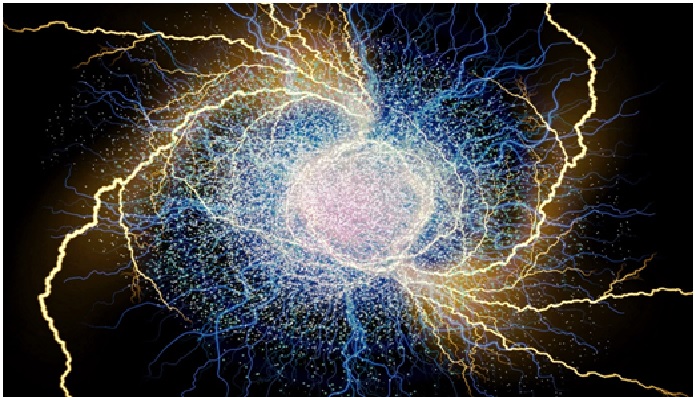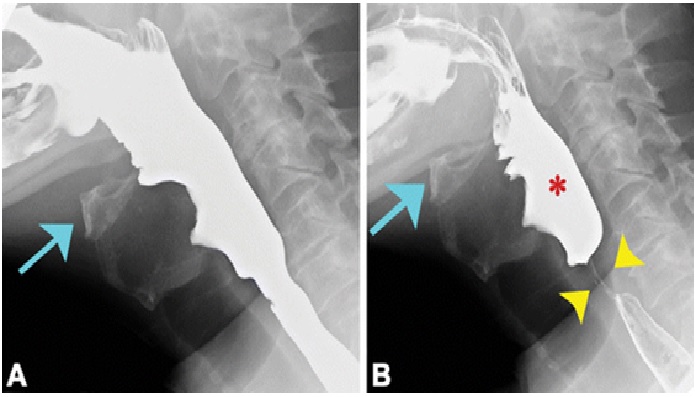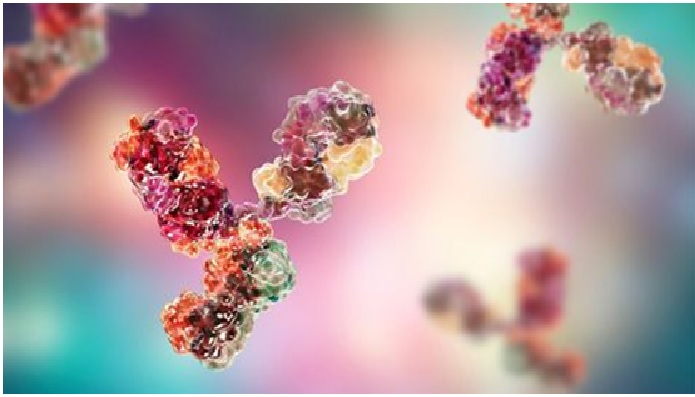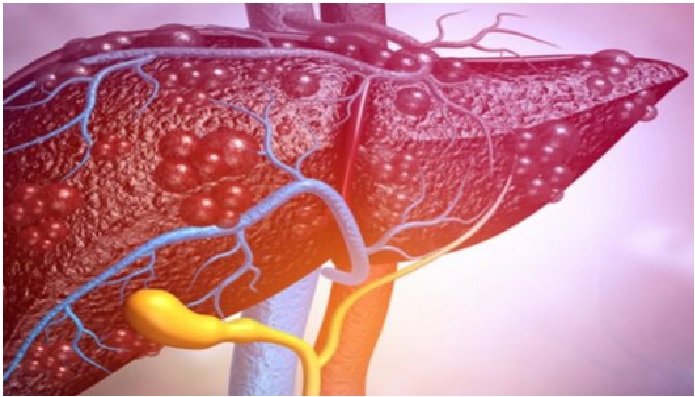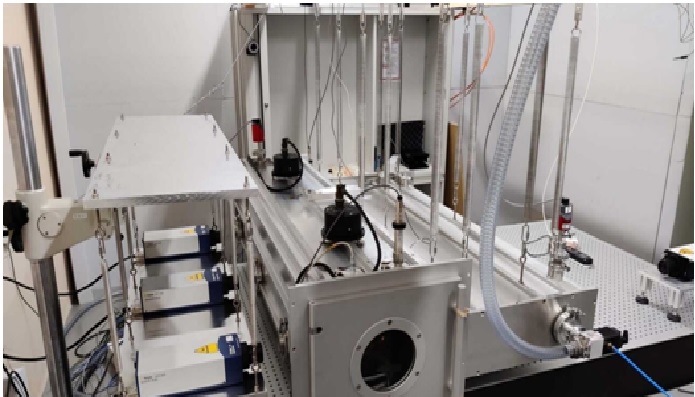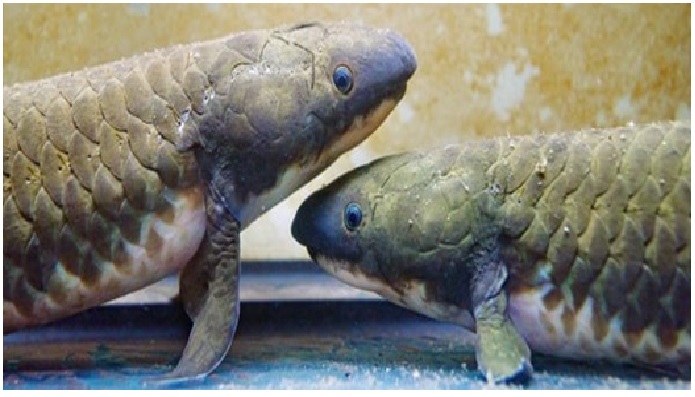Uncharted genetic territory offers insight into human-specific proteins
An international research consortium brings together 7,200 segments of the human genome that are virtually unexplored and presents a roadmap for integrating them into human genome databases. Much of this uncharted territory is thought to code for proteins, and could hold information about what sets humans apart from other animals. The new study paves the way for brand-new research avenues into human health and disease. [1]
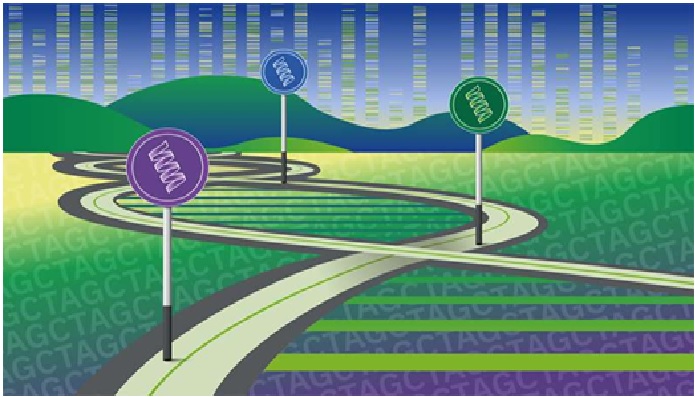
Figure 1. Uncharted genetic territory offers insight into human-specific proteins
Figure 1 shows now, researchers from 20 institutions worldwide bring together more than 7,200 unrecognized gene segments that potentially code for new proteins. For the first time, the study makes use of a new technology to find possible proteins in humans -- looking in detail at the protein-producing machinery in cells. The new study suggests the gene discovery efforts of the Human Genome Project were just the beginning, and the research consortium aims to encourage the scientific community to integrate the data into the major human genome databases. [2]
New gene sequences remained out of reach
In the past few years, thousands of frequently very small open reading frames (ORFs) have been discovered in the human genome. These are spans of DNA sequence that may contain instructions for building proteins. Several authors of the current study have previously found ORFs and described them in scientific journals: Van Heesch, together with MDC-Professors Norbert Hübner and Uwe Ohler described new mini-proteins in the human heart and reported on them in Cell in 2019; Prensner also published on ORFs in Nature Biotechnology in 2021. Yet none of these previously virtually unexplored segments were included afterwards in reference databases. Other sequences were reported in journals such as Science or Nature Chemical Biology, but remained largely out of reach for most members of the scientific community—despite evidence that they produce RNA molecules that subsequently bind to ribosomes, the cell's protein factories. [3]
The stretches of DNA brought together in the new catalogue are known as open reading frames (ORFs), for the way the genetic information is decoded to make proteins. Until now, newly discovered ORFs were not made easily accessible for other researchers to further study their relevance for human health and disease. The research consortium collected thousands of such ORFs from previous studies and integrated the data into the major human genome and protein databases. The team encourages the wider scientific community to build on their efforts by considering the ORFs in their future research. [4]
References:
- https://edu.essaypap.com/2022/07/14/uncharted-genetic-territory-offers-insight-into-human-specific-proteins/
- https://www.sciencedaily.com/releases/2022/07/220713114702.htm
- https://research.prinsesmaximacentrum.nl/en/news-events/news/uncharted-genetic-territory-offers-insight-into-human-specific-proteins
- https://research.prinsesmaximacentrum.nl/en/news-events/news/uncharted-genetic-territory-offers-insight-into-human-specific-proteins
Cite this article:
Thanusri swetha J (2022), Uncharted genetic territory offers insight into human-specific proteins, AnaTechMaz, pp.138


